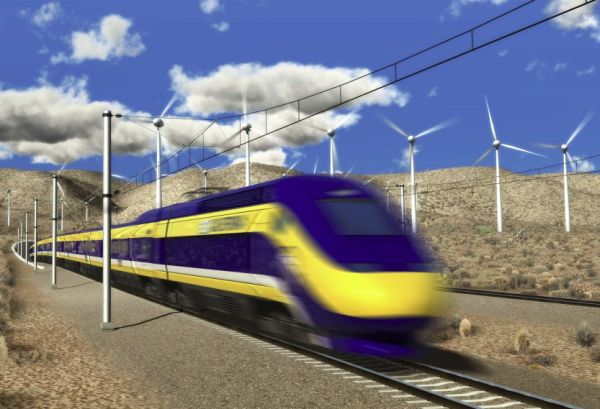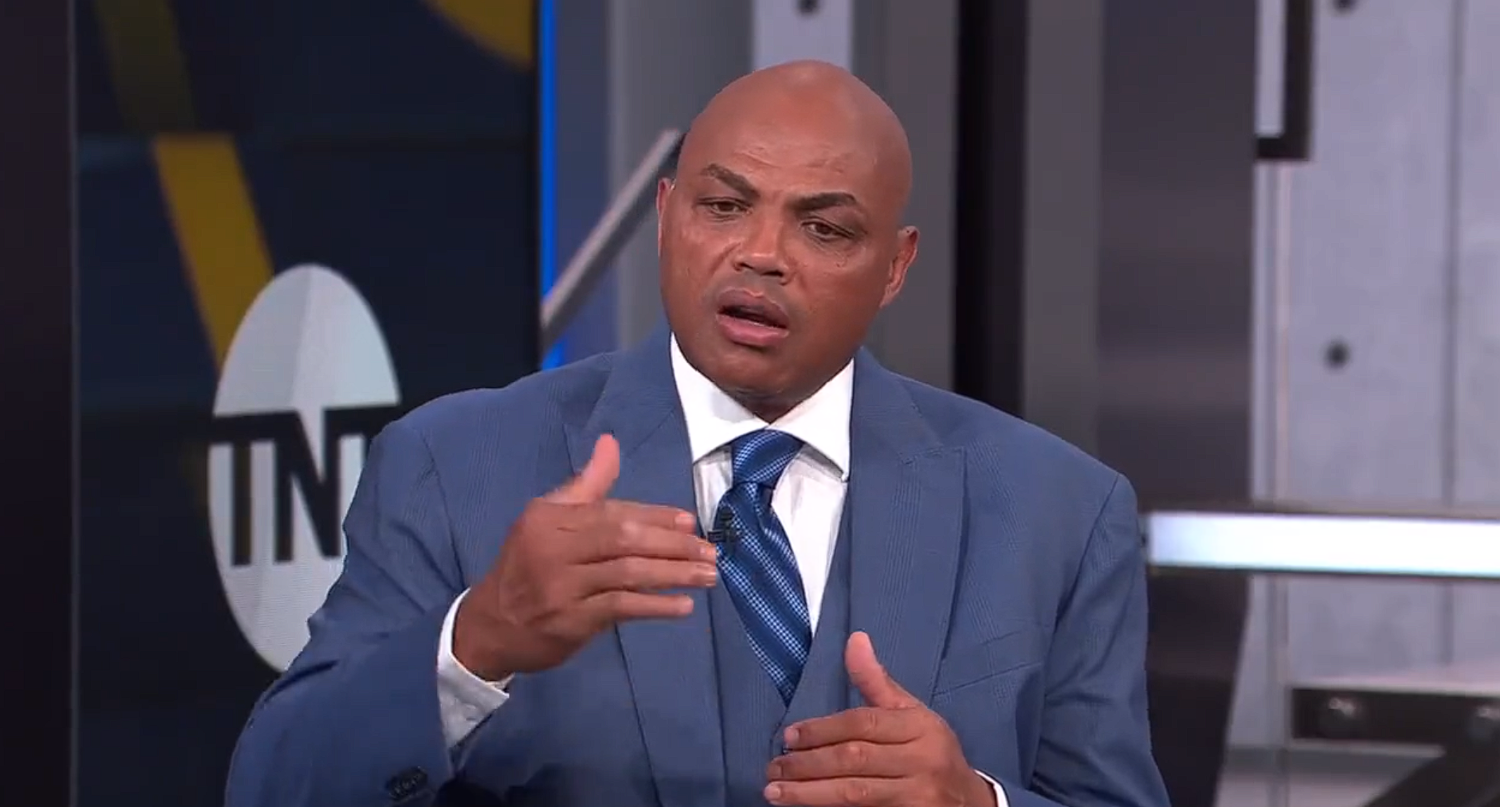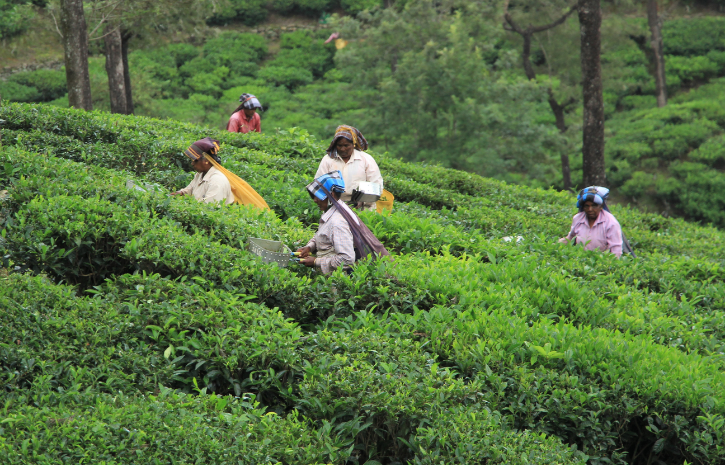The Future Of Rail: Exploring The Viability Of Wind-Powered Trains

Table of Contents
Technological Feasibility of Wind-Powered Trains
Harnessing the power of the wind to propel trains presents significant technological hurdles, but also exciting possibilities. Two primary approaches are being explored: onboard wind turbines and alongside-track wind farms.
Onboard Wind Turbines
Integrating wind turbines directly onto trains offers a degree of energy independence, reducing reliance on the electrical grid. However, this approach faces substantial challenges.
-
Advantages:
- Reduced reliance on grid electricity, enhancing energy security.
- Potential for hybrid systems combining wind power with other energy sources.
-
Disadvantages:
- Increased weight and aerodynamic drag, impacting train speed and efficiency.
- Complexities in turbine design to withstand vibrations and varying wind conditions.
- High maintenance requirements due to exposure to the elements.
-
Technological Advancements Needed:
- Development of lighter, more efficient wind turbines specifically designed for train integration.
- Advanced energy storage solutions (e.g., high-capacity batteries) to manage fluctuating wind power.
- Robust and reliable systems for integrating wind energy with existing train control systems.
Alongside Track Wind Farms
An alternative approach involves constructing wind farms alongside railway lines. The electricity generated would then power the trains via the existing electrical grid or dedicated lines.
-
Advantages:
- Higher energy output potential compared to onboard turbines due to larger turbine size and better wind access.
- Leverages established wind farm technology and infrastructure.
-
Disadvantages:
- Significant land requirements for wind farm construction, potentially impacting ecosystems.
- Transmission losses during electricity transport from wind farm to train.
- Dependency on wind availability; energy output fluctuates with wind speed.
-
Technological Advancements Needed:
- Efficient energy transmission technologies to minimize losses.
- Smart grid integration for optimized energy distribution and management.
- Development of robust and reliable wind forecasting models to predict energy availability.
Economic Viability and Cost-Analysis of Wind-Powered Trains
The economic feasibility of wind-powered trains hinges on a complex interplay of initial investment costs and long-term operational savings.
Initial Investment Costs
The upfront cost of developing and implementing wind-powered train technology is substantial. This includes research and development, infrastructure development (e.g., wind farms, upgraded power lines), and the cost of integrating new technology into existing train fleets.
Long-Term Operational Costs
While initial costs are high, the long-term operational costs could be significantly lower. Reduced reliance on fossil fuels translates to lower fuel expenses and reduced maintenance associated with diesel engines.
Return on Investment (ROI)
The ROI for wind-powered trains depends on several factors, including the scale of deployment, government subsidies for renewable energy projects, and the potential revenue from carbon credits. Further research and detailed cost-benefit analyses are crucial to accurately assess the long-term financial viability. Projected ROI figures vary significantly based on these factors and require further investigation.
Environmental Impact and Sustainability of Wind-Powered Trains
The environmental benefits of wind-powered trains are substantial, offering a significant reduction in the rail industry's environmental footprint.
Reduced Carbon Emissions
Replacing fossil fuel-powered trains with wind-powered alternatives dramatically reduces greenhouse gas emissions, contributing to mitigating climate change. Quantifying the exact reduction requires detailed lifecycle assessments, considering manufacturing, operation, and end-of-life impacts.
Noise Pollution
While wind turbines do produce some noise, the sound levels are generally lower than those generated by traditional diesel trains, particularly in urban areas.
Land Use Impact
The land requirements for wind farms alongside railway lines are a concern. However, careful planning and siting can minimize the environmental impact, potentially co-locating wind farms with existing infrastructure or using areas already designated for industrial use.
Challenges and Future Directions for Wind-Powered Train Development
Despite the potential benefits, several challenges must be addressed before wind-powered trains become a widespread reality.
Technological Hurdles
Significant technological advancements are needed to improve turbine efficiency, enhance energy storage capacity, and develop reliable systems for integrating wind power into existing rail networks.
Regulatory and Policy Issues
Supportive government policies and regulations are crucial to encourage investment in wind-powered train technology. This includes incentives, streamlined permitting processes, and standards for grid integration.
Public Acceptance
Addressing potential public concerns regarding the visual impact of wind turbines near railway lines through careful planning and community engagement is essential for successful implementation.
Conclusion: Embracing the Future of Rail with Wind-Powered Trains
Wind-powered trains offer a compelling vision for a sustainable future for rail travel. While significant technological, economic, and regulatory challenges remain, the potential environmental benefits and long-term cost savings are substantial. Further research, investment, and supportive policies are crucial to accelerate the development and implementation of wind-powered train technology. By embracing this innovative green technology, we can pave the way for a cleaner, more efficient, and environmentally responsible rail transportation system, contributing significantly to our global renewable energy goals. Let's continue exploring and investing in this promising area of sustainable transportation.

Featured Posts
-
 Ftc Appeals Activision Blizzard Acquisition A Deep Dive
May 04, 2025
Ftc Appeals Activision Blizzard Acquisition A Deep Dive
May 04, 2025 -
 New Poll Farage Surpasses Starmer As Preferred Prime Minister In Over Half Of Uk
May 04, 2025
New Poll Farage Surpasses Starmer As Preferred Prime Minister In Over Half Of Uk
May 04, 2025 -
 Charles Barkley Predicts Oilers And Leafs Playoff Success
May 04, 2025
Charles Barkley Predicts Oilers And Leafs Playoff Success
May 04, 2025 -
 Understanding Googles Search Ai Training Opt Out Implications
May 04, 2025
Understanding Googles Search Ai Training Opt Out Implications
May 04, 2025 -
 Showdown Saturday A Look At The Tight Nhl Playoff Standings Race
May 04, 2025
Showdown Saturday A Look At The Tight Nhl Playoff Standings Race
May 04, 2025
Latest Posts
-
 West Bengal Weather Alert Significant Temperature Decrease
May 04, 2025
West Bengal Weather Alert Significant Temperature Decrease
May 04, 2025 -
 Wb Weather Update Heatwave Warning For Four Bengal Districts
May 04, 2025
Wb Weather Update Heatwave Warning For Four Bengal Districts
May 04, 2025 -
 Bengal Braces For Cold Snap Temperature Plunge Forecast
May 04, 2025
Bengal Braces For Cold Snap Temperature Plunge Forecast
May 04, 2025 -
 Is Darjeeling Teas Production In Crisis
May 04, 2025
Is Darjeeling Teas Production In Crisis
May 04, 2025 -
 South Bengal Heatwave Five Districts Face Extreme Temperatures
May 04, 2025
South Bengal Heatwave Five Districts Face Extreme Temperatures
May 04, 2025
